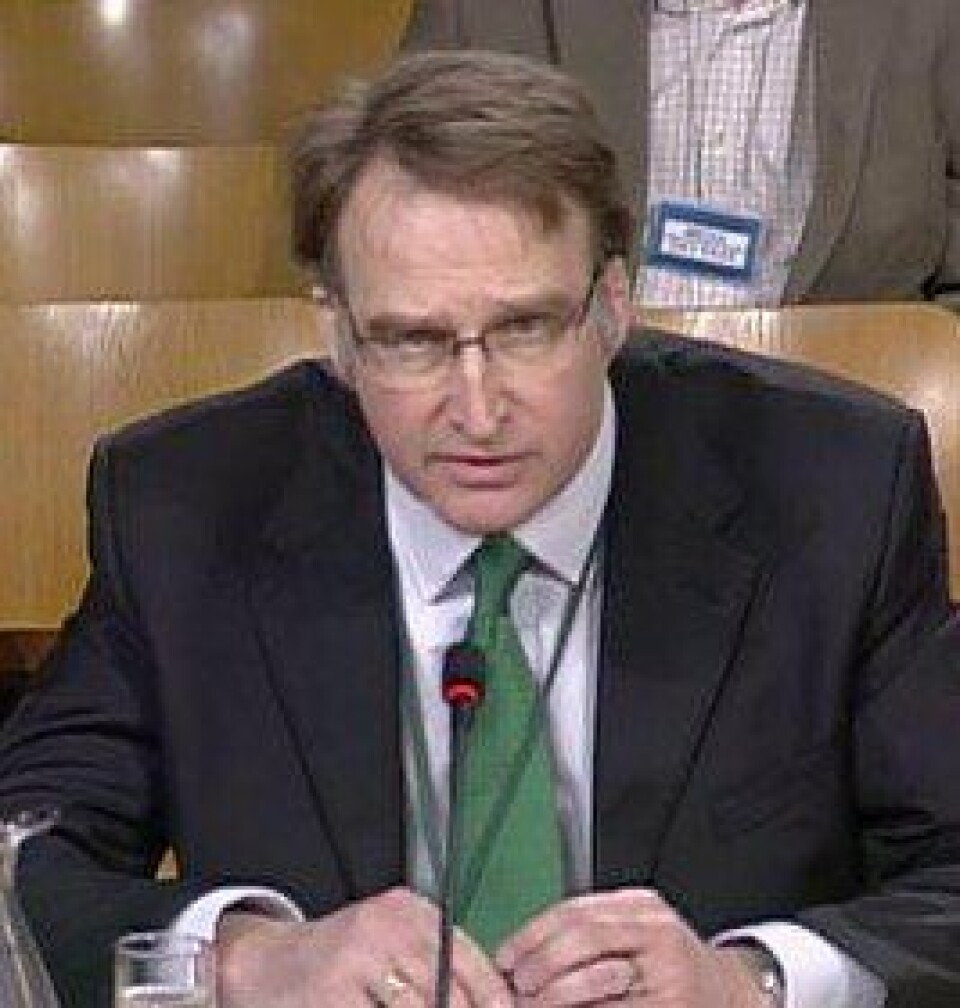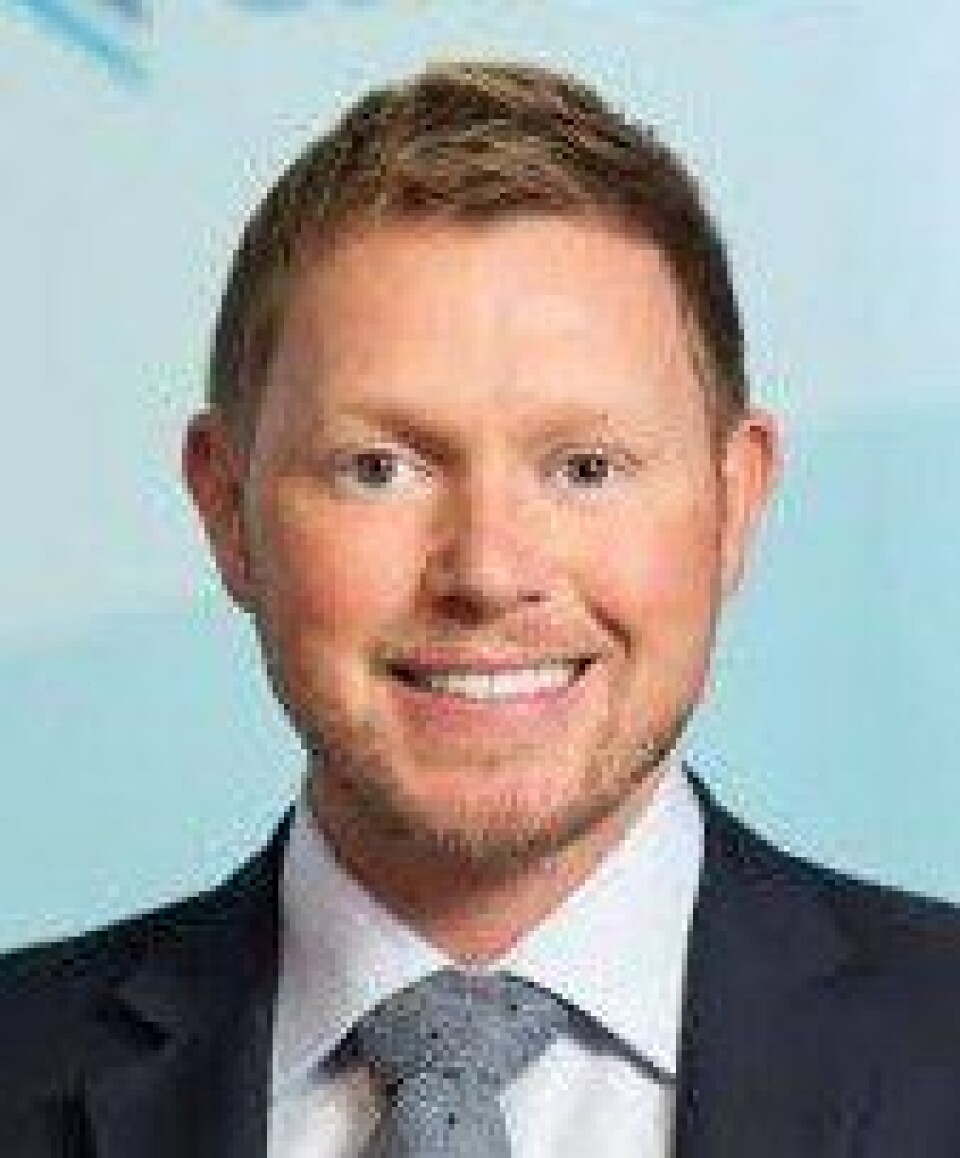
Holyrood ponders need for salmon super regulator
The question of whether Scotland requires a single regulator to oversee its salmon farming industry was central to the latest session of Holyrood’s salmon farming inquiry today.

In the inquiry, which is being conducted by the Scottish Parliament’s Rural Economy and Connectivity (REC) committee, MSPs quizzed four expert witnesses about current regulation and if it should be reorganised.
The witnesses were Anne Anderson, chief officer, Compliance and Beyond portfolio, Scottish Environment Protection Agency (SEPA); Mark Harvey, team leader of Highland Council’s development and infrastructure service; Alex Adrian, aquaculture operations manager for Crown Estate Scotland; and Cathy Tilbrook, unit manager, coastal and marine ecosystems and use, Scottish Natural Heritage.
Mike Rumbles, MSP for North East Scotland, said a report by the Environment, Climate Change and Land Reform (ECCLR) committee on the impact of salmon farming had concluded that no agency was successfully regulating environmental impact, and asked “what works well?”.
Anderson said SEPA linked in to planning applications as a consultee, and that it’s controls were similar to those used in other countries.
Tilbrook explained that routine monitoring by SNH was unlikely to detect any damage caused by fish farming because most of its monitoring was done elsewhere. Monitoring at a fish farm didn’t give a true idea of the whole area, she said.

Adrian said one of the problems was that once permission had been granted for a fish farm there was no real means for ensuring ongoing accountability of the business. He said there was a need for an over-arching framework.
Harvey said the planning system offered that framework, and that fish farm applications included an environmental impact statement, which as a fairly high level of control.
Asked about the planned expansion of the industry, Adrian questioned whether it would simply be “more of the same”, stressing that it was important to allow a regime where adaptable farmers could make the necessary changes to remain sustainable.
Tilbrook said SNH supported the sustainable expansion of aquaculture but was concerned about targets not linked to environmental capacity. “We are quite a long way from knowing capacity but with innovation that can change.”
Strategic plan
She said solutions to two of SNH’s concerns – sea lice and containment of farmed salmon – might free up more sites.
Harvey – who said “we have never really received an explanation” as to why there was a moratorium on salmon farming on the north and east coasts – said there was a need for a more strategic plan.
He added: “I was quite struck by the Norwegian ‘traffic light’ model. Red was not just ‘stop’ but ‘reduce the biomass’. I suspect we have areas on the west coast of Scotland where the loading is too great.”
When asked by Highlands and Islands MSP John Finnie to identify such an area, Harvey said: “I wouldn’t because we have not done the work. It is rather more important to identify the green (traffic light) area.”
When pressed by Finnie to give an example of an area with high concentrations of farms, he said: “There are areas of the west coast where we have a large number of farms. South of Skye, for example.
“There are also areas that have not received a large number of fish farm applications and that would also be a useful piece of information.”

West Scotland MSP Jamie Greene asked the panel who they thought currently provides oversight of the industry and who should provide it.
Adrian said there needed to be a better dialogue between regulators, government and the industry. “It needs to be a collaborative conversation and industry needs to be a central part of that.”
Harvey, who had earlier said oversight of the industry was “about 30 years too late”, maintained that the planning system was the appropriate system. He said: “I slightly disagree with Alex but only because it is late in the day. We do not want to get into a five-year discussion period where nothing is done for a long period of time.”
Greene said what worried him was that planning was a reactive approach, and that Norway’s model of regulation was much more top-down. He added: “It is worth noting that the Norwegian industry grew 150% at the same as we grew 20%.”
Asked by North East Scotland MSP Peter Chapman what could be learned from the Norwegian model, Anderson said a review by SEPA had included fish farm regulation around the globe. In response to Chapman’s question about what specifically had been learned, she said: “We are going to be publishing at the end of June. Thereafter we will be announcing that regulatory framework.”
She said a focus would be on technology used elsewhere.
The next session of the inquiry takes place next Wednesday, April 25, when Highlands and Islands Enterprise, Scotland Food and Drink and the Scottish Aquaculture Innovation Centre will give evidence.
Marine Harvest, the Scottish Seafood Association, Grieg Seafood Shetland and the Scottish Salmon Producers’ Organisation will appear before the committee the week after, and the final witness will be Rural Economy Secretary Fergus Ewing on May 9.
















